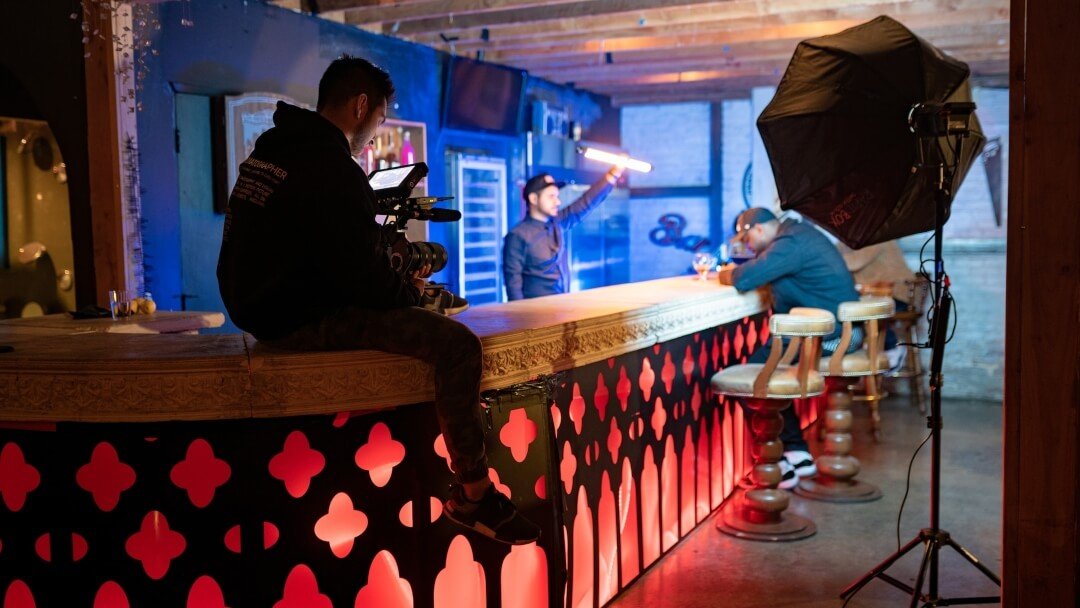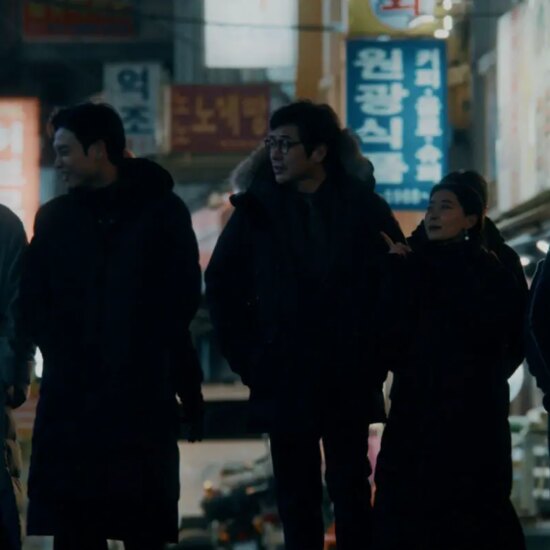
One of the hardest parts of being an amateur filmmaker is boosting your credibility among industry professionals. The film industry is notorious for its nepotism, so it’s challenging to rise through the ranks on merit alone.
Here are six ways to instantly elevate your next amateur film, bridge the credibility gap and get one step closer to Hollywood.
1) Make the Dialogue Easy to Hear
A huge complaint among modern film enthusiasts is that they can’t hear movie dialogue due to the heavy emphasis on visuals over sound. Actors are more preoccupied with performing stunts than reading lines, and the sound crews have tighter budgets. As a result, many people can no longer watch new releases without relying on closed captions.
Your film will immediately stand out if the dialogue is easy to hear and understand, so encourage your actors to speak their lines with greater volume. Give your sound crew time to experiment with different boom mic locations until they find the right spot. Do extra takes so they get the sound right during filming rather than making them edit every line post-production.
2) Use Special Effects Over CGI
Computer-generated imaging (CGI) has dominated the film industry in the 21st century. It can create breathtaking pictures, but the quality of CGI has gotten noticeably worse in recent years due to shorter production times and poor editing. Besides, even if you incorporate some decent CGI, it won’t impress the modern moviegoer anymore.
Nowadays, traditional special effects are more impressive than CGI. Using real props, pyrotechnics, miniatures and prosthetics instead of greenscreens will make your movie look more authentic. It will also put your talent and creativity on full display. The film will be harder to produce, but that’s the whole idea. Making a great film isn’t supposed to be easy.
3) Film at Unique Locations
Amateur filmmakers don’t have access to the same locations as Hollywood directors, but you can still find unique spots with proper scouting. Here are the six main qualities you should look for, according to the professionals:
- Aesthetic: Does the location match your vision and fit the script’s description?
- Distance: How far is the location from your main office?
- Permission: What permits do you need to film at this locale?
- Cost: Does the location fit within the film’s budget?
- Logistics: How will you set up all the equipment? Where will people park? What are the lodging arrangements? Sometimes production teams have to walk several miles to reach remote locations.
- Environment: Will the location’s landmarks and weather conditions interfere with filming?
Following these guidelines will help you find the ideal locations for your film. They will also incentivize you to use special effects instead of CGI.
4) Incorporate Popular Set Pieces
You might not be in Hollywood yet, but you can still incorporate some set pieces to increase your film’s legitimacy. For example, you could rent iconic cars from popular movies if they’re relevant to the plot. Film enthusiasts and critics generally appreciate when directors pay homage to other films.
This strategy is also popular among films and TV shows within the same genre. For example, “The Godfather,” “Goodfellas,” “The Sopranos” and other mob-related productions frequently use oranges and orange juice as props. There’s no rhyme or reason to this motif, but it demonstrates the producers’ attention to detail and knowledge of their chosen genre.
5) Create a Powerful Score

Every great movie has a memorable music score. You must choose your songs carefully. What type of music can bring your characters to life in each scene? Some are easy to figure out — sad moments are best with slow, classical music, while parties require upbeat music that people like to dance to. Other scenes are more nuanced.
If you’re having trouble developing a score, consider collaborating with a composer to take your music to the next level. You might not get Hans Zimmer or John Williams, but you can at least bring a professional musician on board.
6) Color Correct Your Footage
You’ve probably noticed how different film genres tend to have unique color grades. Westerns have that hazy yellow tint, horror movies are notoriously dark, and cyberpunk movies are full of pinks and purples. You should add a similar color correction to help your film look like a professional production.
Just be careful not to go overboard with too much contrast or saturation. A unique color palette can backfire if it strains the viewer’s eyes or makes the characters’ facial expressions difficult to see. It’s your job as the director to find the right balance.
Take Your Films to the Next Level
You need to step outside your comfort zone if you want your movies to be successful at film festivals and among critics. Focus on perfecting your dialogue, special effects, locations, set pieces, music and color.
These six steps will make the production process more difficult but will also take your movie to the next level.















